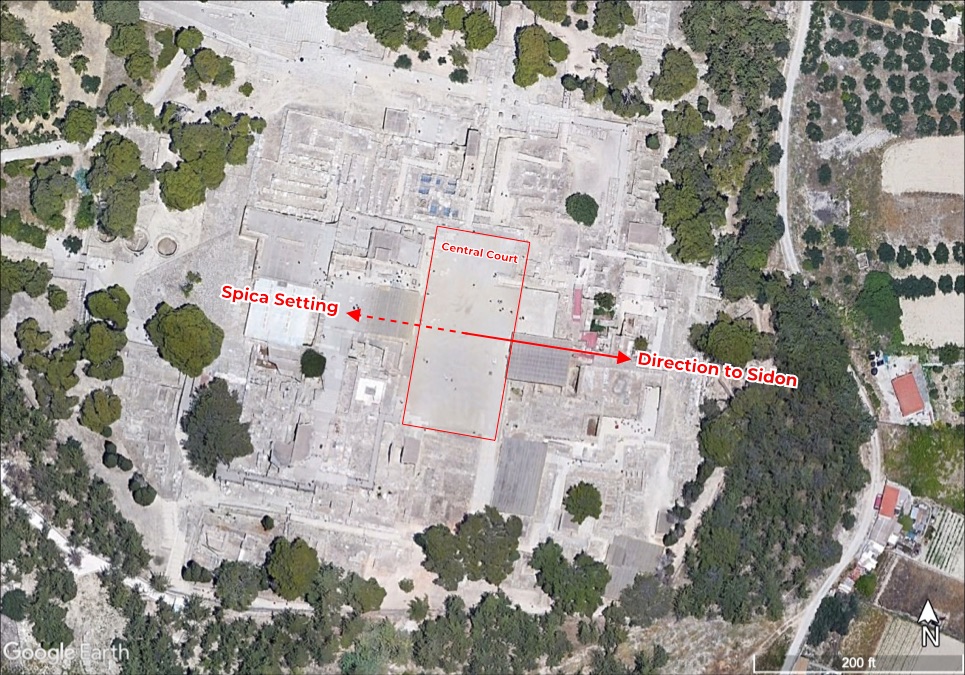
Alessandro Berio is a skyscape archaeologist with a passion for ancient history and the stars. He has a master of arts in Cultural Astronomy from the University of Wales Trinity St. David and has completed continuing education on Minoan and Mycenaean archaeology at Oxford University.

He has recently published an innovative study on Minoan celestial navigation in the Mediterranean Journal of Archaeology and Archaeometry. His findings were well received by the cultural astronomy community at the EAA 2022 and SIAC Oxford La Plata conferences. The study challenges commonly-held beliefs about the limitations of open-sea navigation, mathematics and interregional trade in the Bronze Age.
The research has uncovered evidence that the ancient Minoan civilization, which flourished on Crete from 2600 – 1100 BCE, may have used celestial navigation techniques similar to those employed by the Polynesian and Micronesian cultures. The study concludes that the central courts of the Minoan palaces were primarily aligned toward important navigational stars that guided sailors toward distant coastal emporia such as Byblos and Sidon. This research has the potential to to change our perceptions of trade networks, cultural exchanges, and maritime navigation in the ancient world. The study has been recently picked up by National Geographic and Heritage Daily.

Simulation of a Minoan sailboat sailing toward a navigational star. Image by author, 3D reconstruction by Yasmin Mattos.

Map showing orientations of Minoan palaces toward different emporia in the Near East along specific star paths.
Media Contact:
Alessandro Berio
alessandro@ber.io
press coverage
media assets
gallery
360° simulation on a minoan sailboat navigating via the Castor star path toward Pelusium and Avaris in ancient Egypt. Image by author, 3D reconstruction by Yasmin Mattos.
360° view of Kato Zakro Minoan palace central court with orientations toward the navigational stars and direct route toward Egypt.








